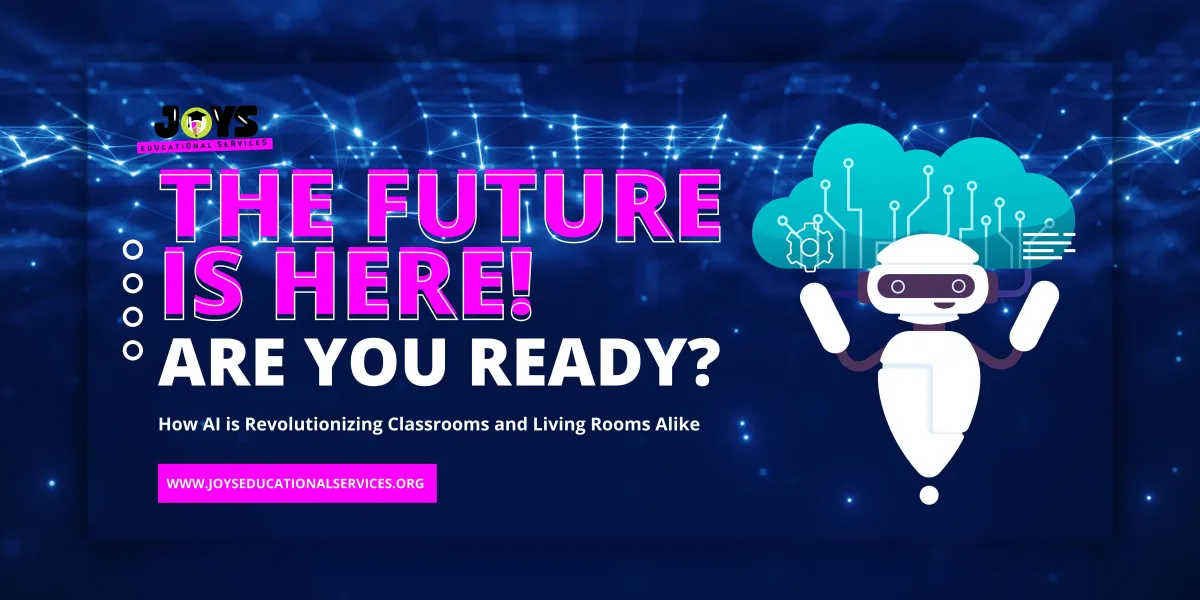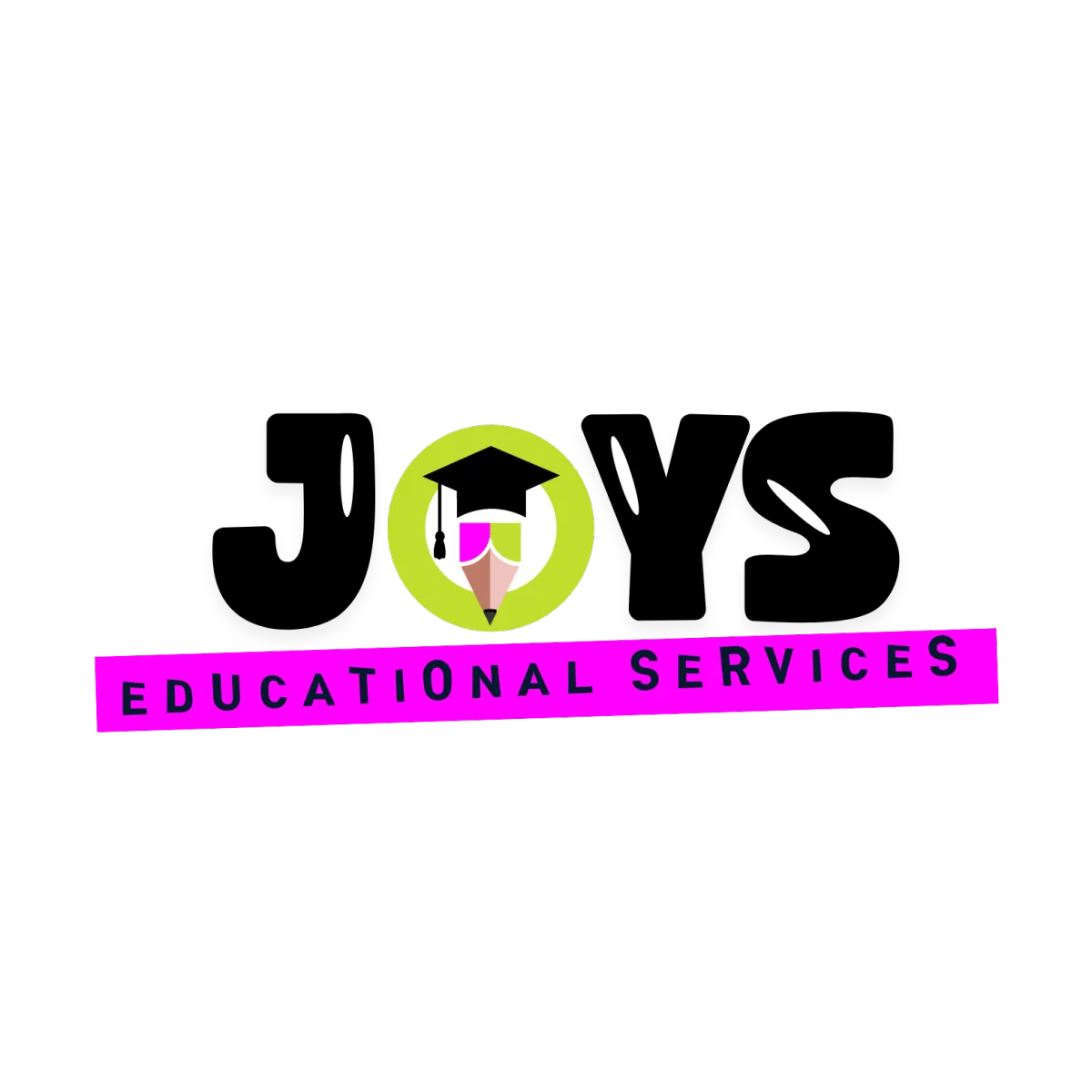Contact Us
The Parent’s Corner:
Insights, Advice, and Inspiration

Cheating or Innovating? How AI is Shaping the Future of Learning at School and Home
AI is everywhere, and for many teachers and parents, it's raising more concerns than excitement.
Are students using AI to cheat their way through school? Or can we embrace it to help our kids learn in new, innovative ways? As both a teacher and a parent, I've seen both sides of the coin.Let me share how AI has changed my approach in the classroom and at home—and how we can all use it for good instead of fearing the worst.
AI and Cheating: The Elephant in the Room
A 2023 survey found that 60% of teachers believe AI can help personalize learning, while 35% worry about its misuse.
One of the biggest fears surrounding AI in education is that it's making cheating more accessible than ever.
With tools like ChatGPT or automated essay writers, students can generate responses that seem polished and well-thought-out without putting in the work.
But while this is a valid concern, it's not an unsolvable problem. Teachers can combat AI-based cheating by designing assessments beyond simple questions and focusing on critical thinking, problem-solving, and creativity—skills AI can't replicate. Instead of banning technology, we should guide students on how to use AI ethically, showing them that AI is a tool, not a shortcut.
How AI Can Help in the Classroom and at Home
While AI has its challenges, it also presents a world of opportunities for both teachers and parents.
In the classroom, AI-powered tools like Khan Academy, Duolingo, or Squirrel AI can provide personalized learning experiences, helping students work independently and filling gaps where traditional methods fall short.
At home, AI can act as a learning assistant, helping kids with everything from math practice to language learning in a fun, interactive way. Tools like Socratic, which provides step-by-step explanations for math problems, or Lingvist, which uses AI to personalize language learning, can be invaluable resources for parents.
It's all about balance—AI isn't replacing teachers or parents, but it can be a helpful assistant when used correctly.

My Personal Story: Using AI as a Teacher
As a math teacher, AI has transformed how I approach lesson planning and student support.
I use AI tools like Khan Academy to determine which lessons are most suitable for my students based on their current understanding. The platform's AI features help me group students for small group activities, ensuring that each group focuses on a specific skill they need to improve. This targeted approach allows me to personalize learning for each student, creating a more effective learning environment. Additionally, AI directs me to different websites and suggests new strategies to enhance my lessons, making my teaching more dynamic and relevant.
One way I also use AI is for test corrections, which many math teachers offer to help students learn from their mistakes. Students often need to learn how to solve problems, even after reviewing their tests. AI tools can guide them through the process, showing them how to reach the solution step-by-step. But here's the catch—just getting the answer isn't enough. I require students to explain, in their own words, the steps they took to solve the problem. This reinforces their understanding and earns them extra points for grasping the concept. AI becomes a tool for deeper learning, more than just a quick fix.
My Personal Story: Using AI as a Parent
As a parent, I've found AI incredibly helpful in homeschooling my nephew, particularly when he struggles with answering short-answer questions. When he needs help writing a summary for his science experiments, I turn to ChatGPT. I'll start with a prompt, "I need you to help my son write a summary for his science experiment. Please ask him questions one at a time. Here's the information about the project."
This method helps him think through the process and breaks the task into manageable steps, making it less overwhelming.
I also introduced him to tools like Grammarly so he could learn how to edit his writing correctly.
While Grammarly helps catch mistakes, I remind him that the final step is always reading over his work to ensure it still says what he wants.
AI could be better, and it can be misused, but with the proper guidance, it's a powerful tool that can help kids learn and grow academically. We must also be mindful of the ethical considerations when using AI in education, ensuring that it's used responsibly and for the benefit of the students. This includes issues of data privacy, algorithmic bias, and the need for human oversight in AI-driven learning.
Shifting the Perspective
Parents and teachers don't need to fear AI. Instead, we must embrace it as the tool it's meant to be. Yes, there are challenges, and yes, it can be misused, but with the proper guidance and approach, AI can open up new possibilities for learning, both in and out of the classroom. By shifting our mindset, we can turn what feels like a threat into a powerful ally in our children's education.
Are you ready to start using AI in your classroom or at home?

Leave a comment below about how you plan to use AI to support learning or share your experiences!
Let's continue the conversation about embracing technology to empower the next generation of students. Share this article with your colleagues and friends to spread the word about AI's positive impact on education.

